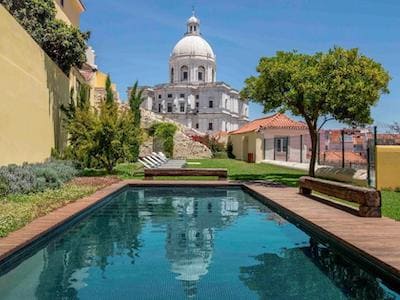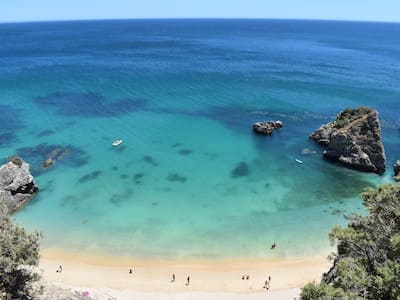From old masters to contemporary masterpieces, Lisbon's museums are filled with some sublime yet surprisingly little-known collections. Rarely crowded, some even present art not found anywhere else in the world. Best of all, most are free or offer reduced admission with the Lisboa Card.
- Calouste Gulbenkian Museum
- Ancient Art Museum
- MAC/CCB Museum
- MAAT - Museum of Art, Architecture and Technology
- Tile Museum
- Coaches Museum
- MuDe - Design and Fashion Museum
- B-MAD - Berardo Art Deco Museum
- Orient Museum
- Medeiros e Almeida Museum
- Maritime Museum
- National Archaeology Museum
- National Contemporary Art Museum of Chiado
- MACAM - Armando Martins Museum of Contemporary Art
- Lisbon Museum
- Aljube Museum
- Military Museum
- Money Museum
- Decorative Arts Museum
- Water Museum
- Geological Museum of Portugal
- Fado Museum
- Arpad Szenes - Vieira da Silva Museum
- Anastácio Gonçalves Museum
- Marionette Museum
- Carris Museum
- National Sports Museum
- Bordalo Pinheiro Museum
- Júlio Pomar Museum
- Lisboa Story Center
- Benfica Museum
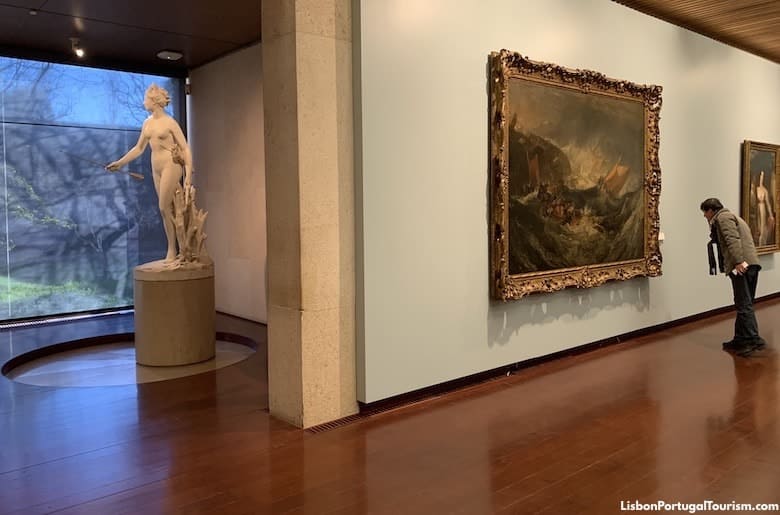
One man's goal to collect "only the best" led to the creation of this museum where everything is a masterpiece, originally from Egypt, Greece, Asia, and St. Petersburg's Hermitage. In addition to the world-class collection of the founder, there’s modern art in a second building, separated by one of the city’s most pleasant parks.
See the Calouste Gulbenkian Museum Visitor's Guide.
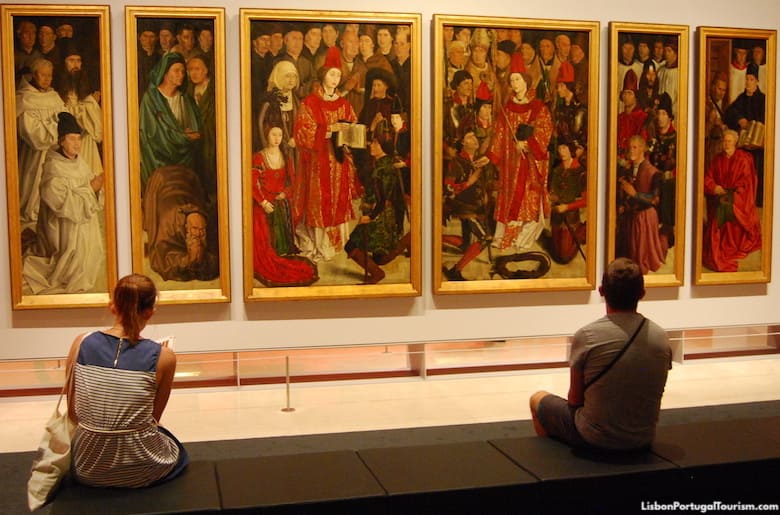
The art that arose after the Age of Discovery, from the mixing of cultures from the East and the West, is on display at this museum together with works by Hieronymus Bosch and Albrecht Dürer, among others. It’s Portugal’s “national gallery” and the museum to learn about the country’s art, history and culture.
See the Ancient Art Museum Visitor's Guide.
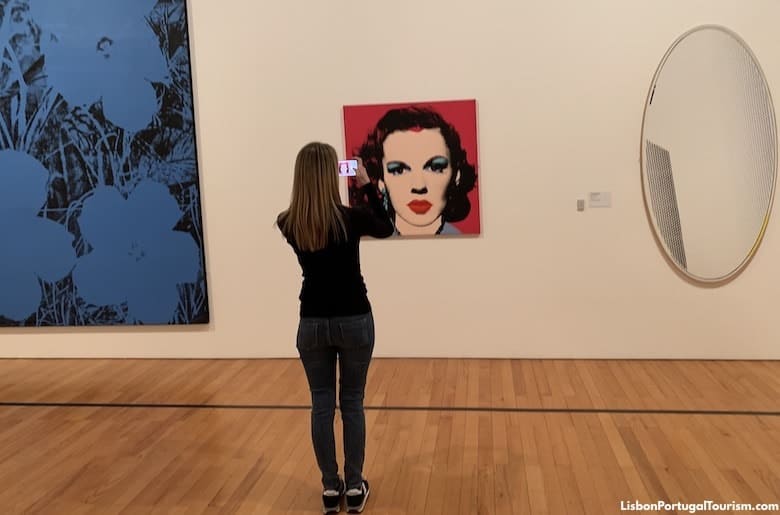
Millionaire Joe Berardo spent part of his fortune on art, and the result was a museum with his name, presenting an outstanding collection of modern and contemporary art. The museum was renamed in 2023 with the addition of other collections, but there are still works by Andy Warhol, Picasso, Magritte, Dali, Paula Rego and many other names of modern European and American art.
See the MAC/CCB Museum Visitor's Guide.
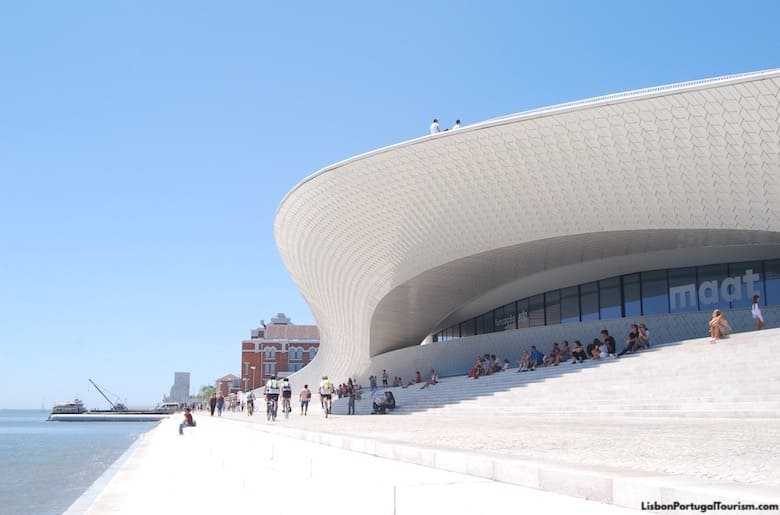
Housed in a former power plant and a new building which is itself a work of art, this museum presents temporary exhibitions of international contemporary art. You may walk on top of the iconic building, for a wonderful view of the river and 25 de Abril Bridge.
See the MAAT Visitor's Guide.
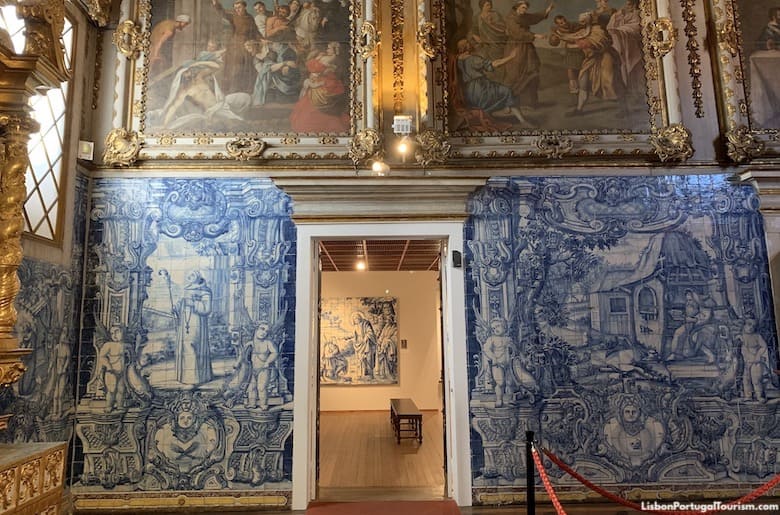
This exceptional museum is Lisbon’s most beautiful. It’s in a magnificent 16th-century convent that became a stunning tribute to 500 years of the art of the decorative tile. Tile art is found in all Mediterranean cultures, but only Lisbon has a museum completely devoted to it, as it was in Portugal that it achieved the greatest prominence. In addition to national productions, it has some extraordinary pieces from the Netherlands and Spain.
See the Tile Museum Visitor's Guide.
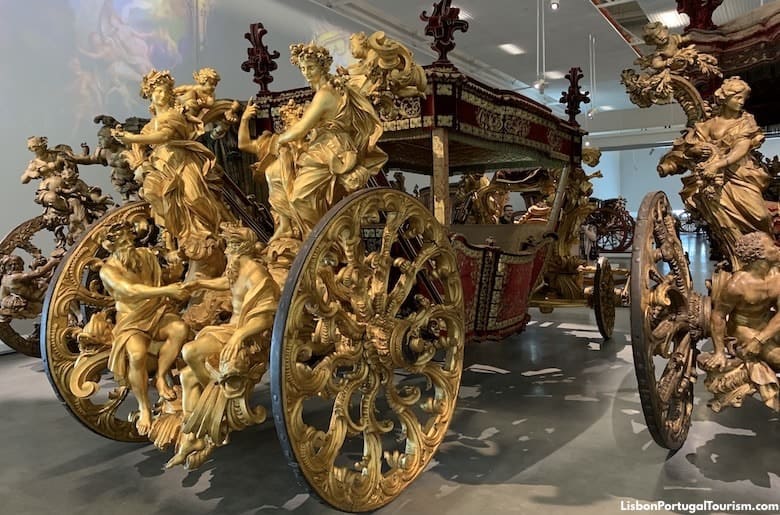
There’s no other museum like it. It has the world’s largest collection of carriages, resulting in a fantastic display of fairytale vehicles that once transported European royalty. It’s housed in a huge modern building and in the former royal riding stables across the street, and is one of Lisbon’s most visited attractions.
See the Coaches Museum Visitor's Guide.
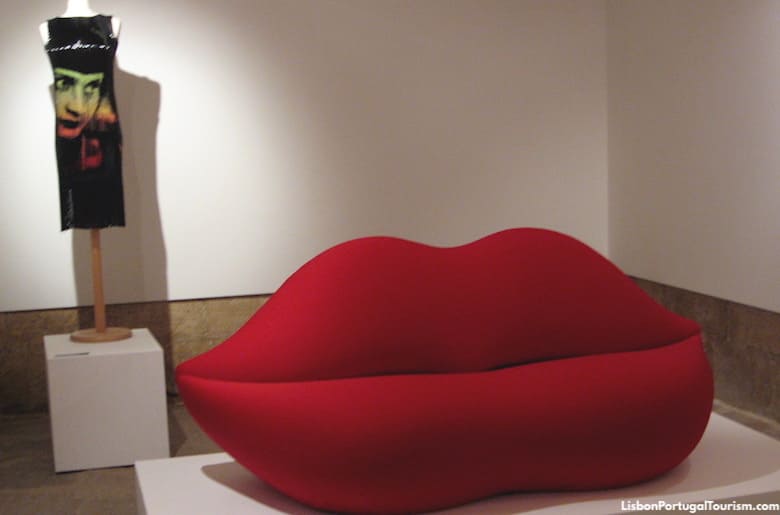
Christian Dior, Vivienne Westwood, Versace, Charles & Ray Eames, Le Corbusier, and Philippe Starck are just half a dozen names of the design and fashion worlds represented in the world-class collection of this museum, considered one of the best of its kind in Europe.
See the Design and Fashion Museum Visitor's Guide.
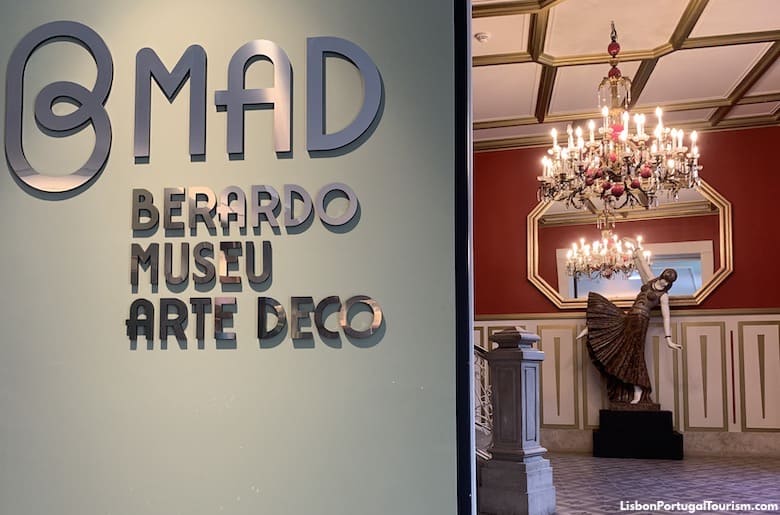
A beautifully tiled building from the 1700s was completely restored and its interior now recreates the atmosphere of the late 1800s and early 1900s through a world-class collection of Art Nouveau and Art Deco pieces. It was acquired over a period of three decades by businessman Joe Berardo, whose modern and contemporary art collection can also be seen at the MAC/CCB (see above). There’s furniture, paintings, ceramics and sculptures from major names like Lalique and Picasso, spread over two floors.
See the B-MAD - Berardo Art Deco Museum Visitor's Guide.
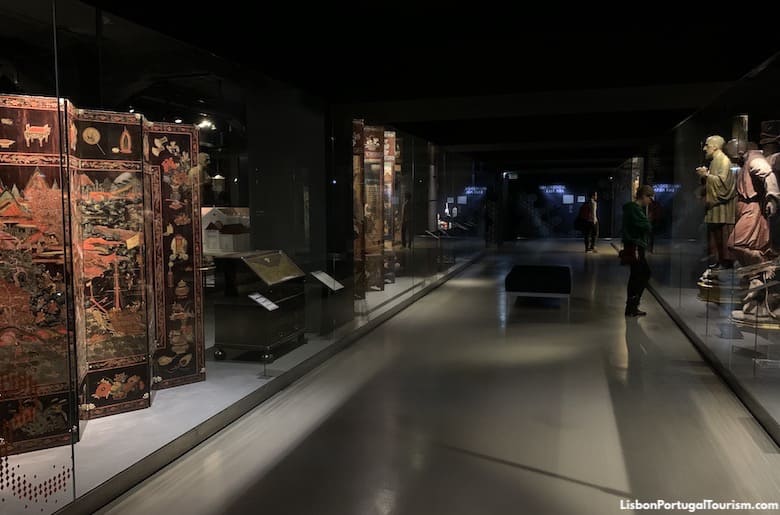
Portugal was the first European power to establish colonies in Asia and was the last one to leave (Macau finally became part of China in 1999). So it's only natural that Lisbon has a museum dedicated to the art and culture of the East (and how it was influenced by the Portuguese and other Europeans), presenting paintings, textiles, masks, and Indo-Portuguese pieces.
See the Orient Museum Visitor's Guide.
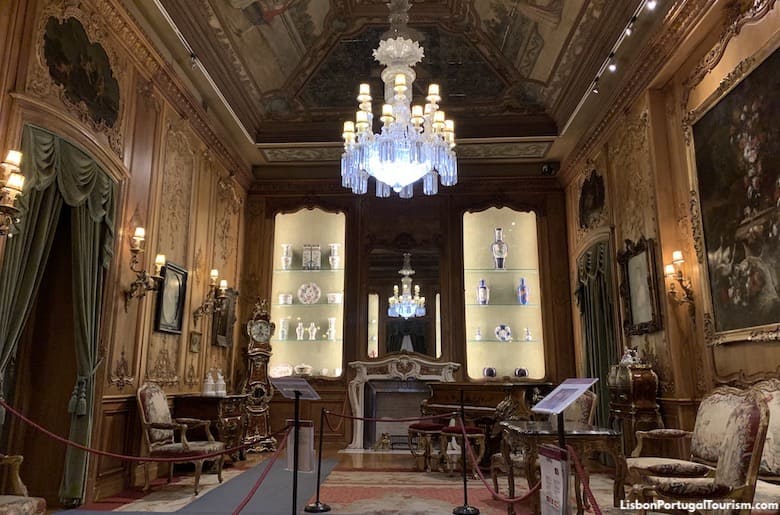
This unsung gem is a mansion displaying an extraordinary collection that belonged to a wealthy businessman. It’s a treasure trove of surprises, including a Rembrandt portrait, works by Rubens and Tiepolo, the world's most notable private collection of clocks, Chinese porcelain, and a fountain originally from the gardens of the Palace of Versailles.
See the Medeiros e Almeida Museum Visitor's Guide.
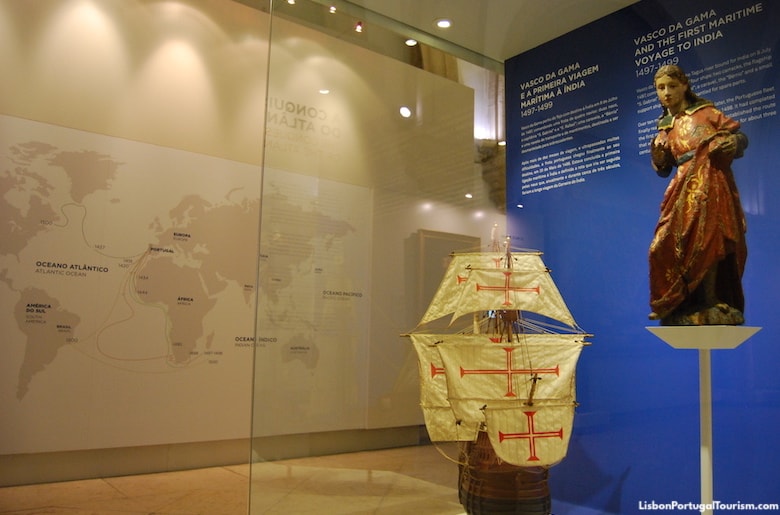
The story of Portugal's long history at sea is told in this museum through old maps, ships and globes, as well as the plane that made the first crossing of the South Atlantic in 1922. There are also shipwreck treasures, and an entire room explaining the “Portuguese Discoveries” of the 15th and 16th centuries.
See the Maritime Museum Visitor's Guide.
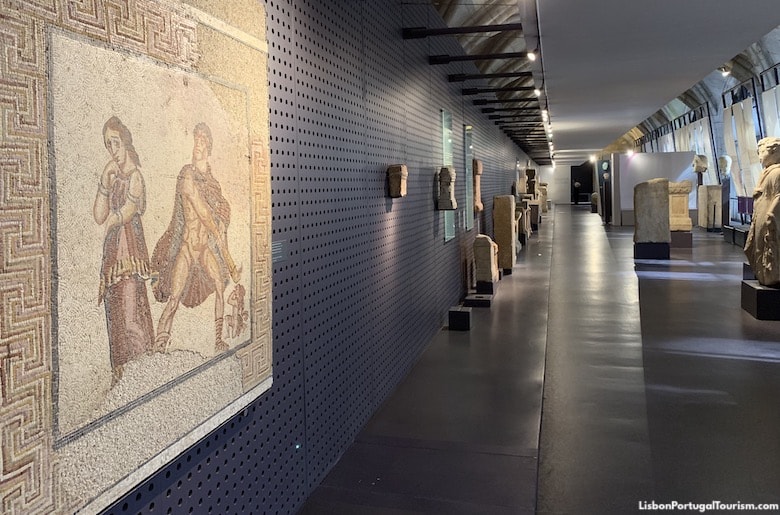
Housed in the former dormitory of the Jerónimos Monastery, Portugal’s archaeological treasures includes jewelry, sculptures, and mosaics. They were found in excavations around the country, and mostly date from its Celtic, Roman and Moorish periods. Donated pieces include mummies from ancient Egypt, displayed in a separate room.
See the National Archaeology Museum Visitor's Guide.
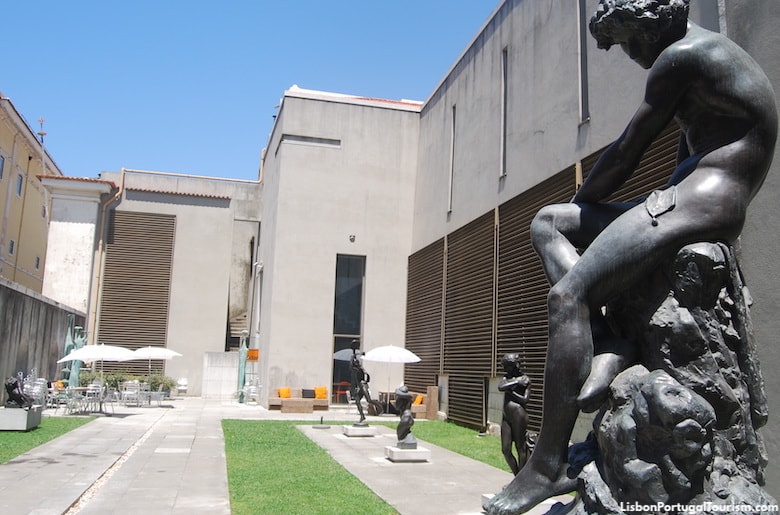
A converted convent houses the largest collection of Portuguese art from 1850 to the present. It opened in 1911, and was completely renovated in 1994, when Lisbon was the European Capital of Culture. It expanded in 2015, and is now able to display a larger part of its collection, which also includes French sculpture from the late 1800s.
See the National Contemporary Art Museum of Chiado Visitor's Guide.
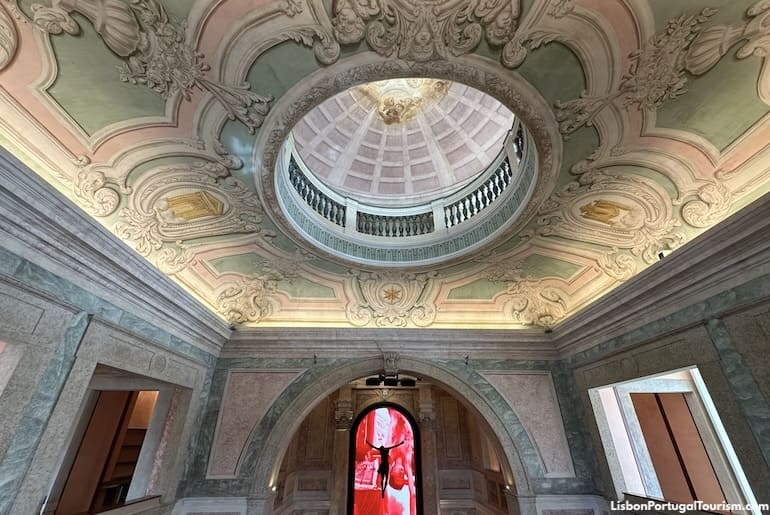
Many of the major names in Portuguese modern and contemporary art are represented at this museum, housed in a palace built as an aristocratic residence in 1701. Divided into four galleries (two for the permanent collection, two for the temporary exhibitions), it also displays works by international artists. Visitors can see over 200 pieces (dating from the 1970s to the present), while the remaining 400 of the private collection is often shown in temporary exhibitions in the tile-covered modern annex. The beautiful old chapel is also used to display art, but is open as a bar and a venue for cultural events.
See the MACAM Museum Visitor's Guide.
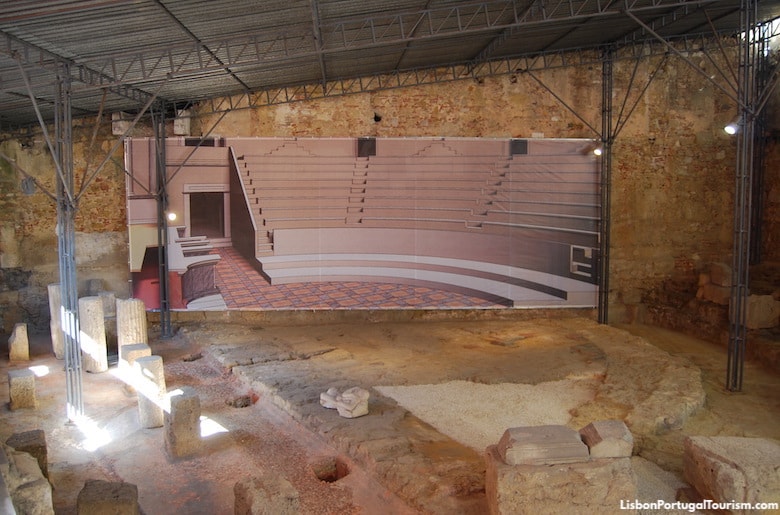
The best way to really get to know Lisbon, is through the five branches that make up this museum. They tell the story of the city from prehistory to the present, and focus on different aspects of the local culture. The main branch is in a palace from the 1700s, which has a beautiful garden with live peacocks and ceramic animals scattered around. Other exhibits are shown in one of the turrets of the city’s grandest square, while archaeological finds are on display in a 16th-century building, another branch shows the remains and artifacts of a Roman theater, and yet another tells the life story of St. Anthony on the site where he was born.
See the Lisbon Museum Visitor's Guide.
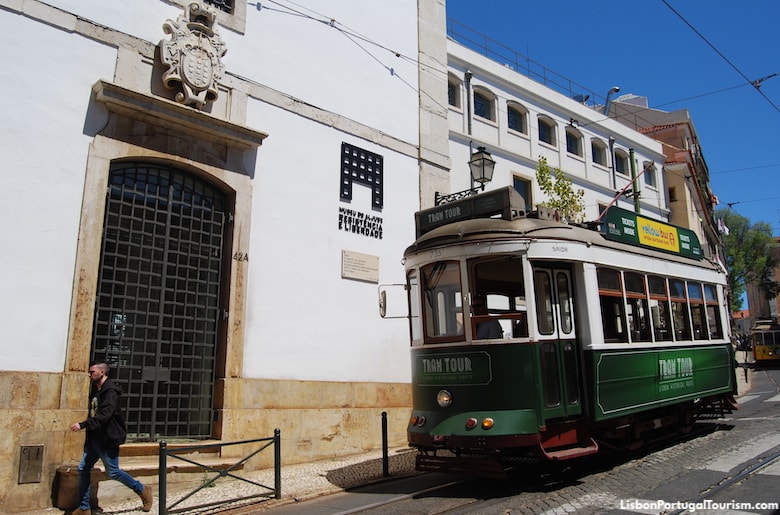
A former prison is a surprising and fascinating museum dedicated to the memory of political prisoners and others who fought for democracy and freedom, against the fascist regime that ruled Portugal for a large part of the 20th century. Until 1965, this was where those who dared confront or challenge the authoritarian government were interrogated and tortured, and their claustrophobic cells can be seen together with displays showing censorship in the media and artistic expression, as well as the fight for independence of the Portuguese colonies in Africa and Asia. From the top floor there's a beautiful view over the cathedral and the river.
See the Aljube Museum Visitor's Guide.
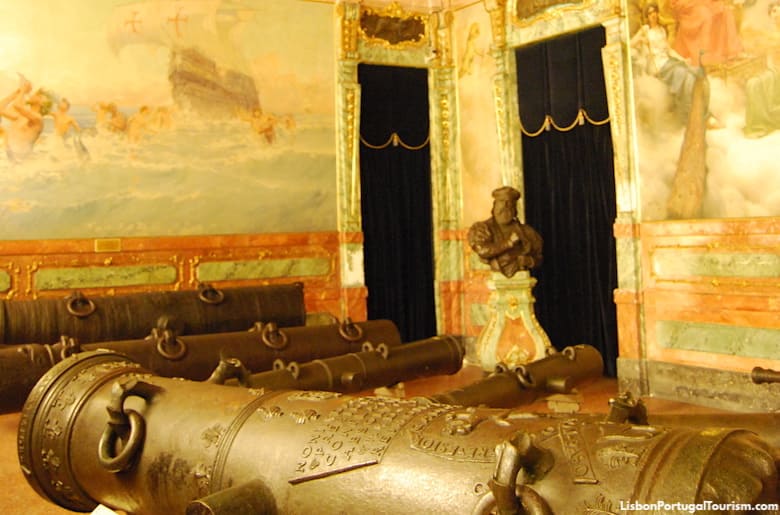
It’s Lisbon’s oldest museum and one of its most beautiful, yet one of the city’s least-visited attractions. It has a huge collection of artillery, plus 14th-century swords and 16th-century armor, among other war and military-related pieces, but the highlights are the sumptuous rooms with their beautifully painted ceilings. On the cannon-filled courtyard is a series of tile panels, illustrating Portugal’s most historic battles.
See the Military Museum Visitor's Guide.
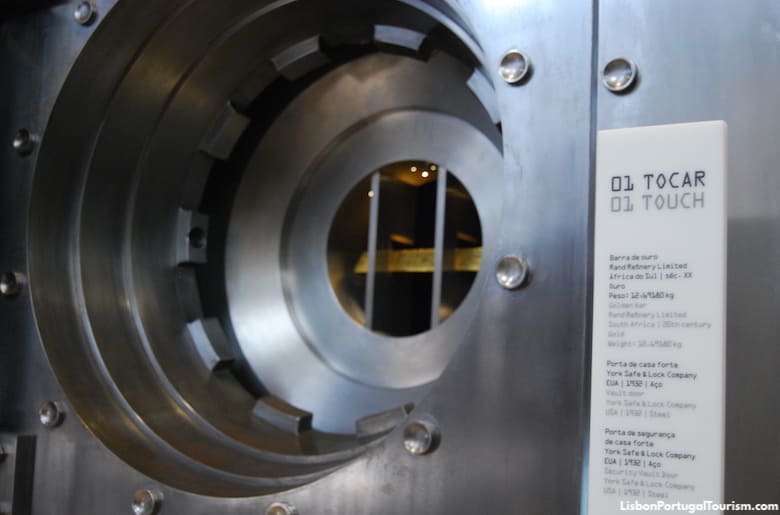
A baroque church has been turned into a museum focusing on the history of money. There are rare banknotes and coins from different countries, a gold bar worth half a million euros, and interactive displays that allow visitors to mint a coin and print a bill with their image. In the basement are remains of Lisbon’s medieval wall.
See the Money Museum Visitor's Guide.
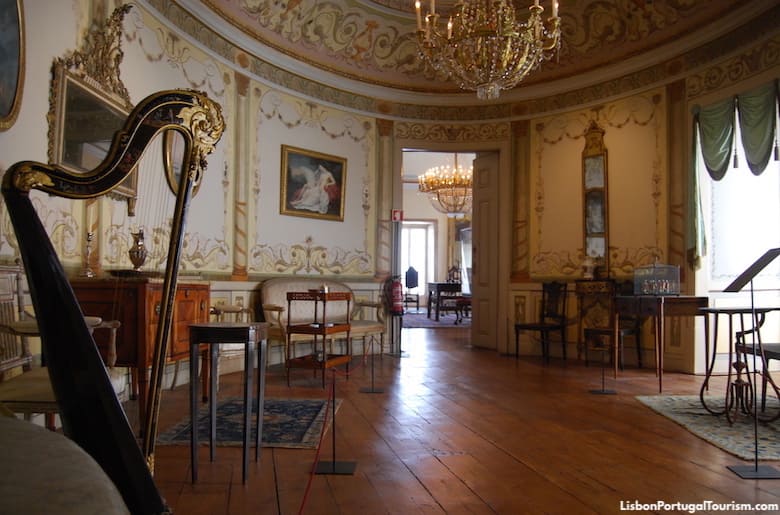
Splendorous rooms decorated with frescoes and tile panels are the perfect 18th-century setting to display a collection of decorative art. It offers a glimpse of aristocratic life in the 17th and 18th centuries, with priceless pieces of silverware, Flemish tapestries, and Indo-Portuguese furniture.
See the Decorative Arts Museum Visitor's Guide.

Winner of the Council of Europe Museum Prize for its “significant contribution to the understanding of European cultural heritage,” this museum consists of four branches -- the monumental 18th-century aqueduct that’s considered one of the most remarkable engineering and hydraulic constructions in the world, two reservoirs (one in the Amoreiras neighborhood and the other in Príncipe Real), and a former steam pumping station from 1880. You may walk over the stone arches of the aqueduct (which were the world’s tallest when they were built), admire the architecture and see the temporary exhibitions often held at the reservoirs, and learn about the history of the distribution and consumption of water around the world and see wonderfully-preserved iron and steel machinery considered treasures of Europe’s industrial and historical heritage, that are part of the permanent exhibition in the old pumping station.
See the Aqueduct and Water Museum Visitor's Guide.
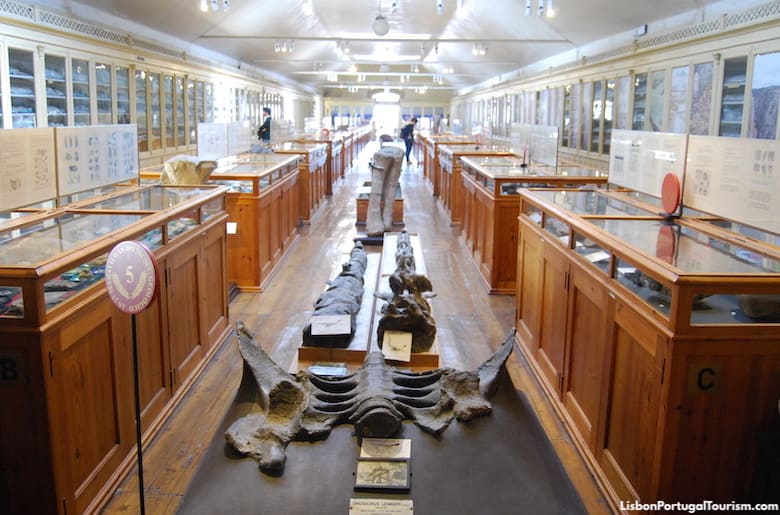
About 100 million years of planet Earth’s history is told through the treasured fossils and minerals in this old-fashioned but fascinating museum. It’s all spread over four halls of a former convent, and includes the world’s oldest snakes, mammals from the Jurassic period, the head of a gigantic 20-million-year-old crocodile found in Lisbon, dinosaur legs and footprints, tools and objects used by prehistoric humans, and minerals taken from Portuguese mines and other countries.
See the Geological Museum Visitor's Guide.
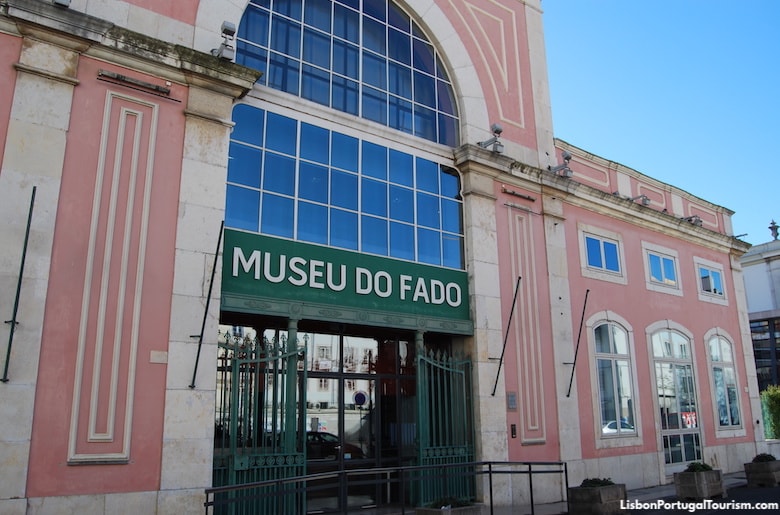
This museum in a 19th-century reservoir recounts the story of fado, the musical style that originated in Lisbon’s streets in the early 1800s and is now on the World Heritage list. An audio guide explains what is on display (instruments, costumes, paintings), and there are recordings of hundreds of artists, accompanied by their biographies and historical images.
See the Fado Museum Visitor's Guide.
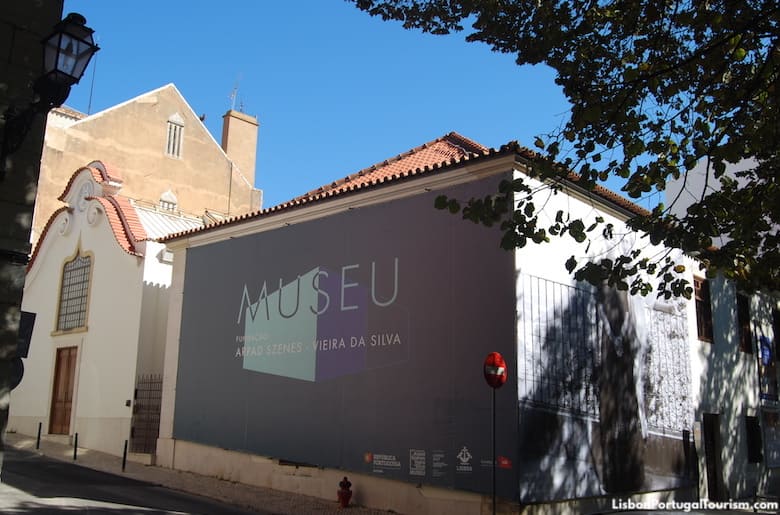
An 18th-century silk factory facing a landscaped square now houses a museum dedicated to Maria Helena Vieira da Silva (one of Portugal's biggest 20th-century artists) and her Hungarian husband. After spending some time in Paris, she became the first woman to receive the French "Grand Prix National des Arts,” and ended up dividing her time between the Portuguese and French capitals. Most of her work is abstract compositions, and some of her best paintings, drawings and prints are on display at this museum.
See the Arpad Szenes - Vieira da Silva Museum Visitor's Guide.
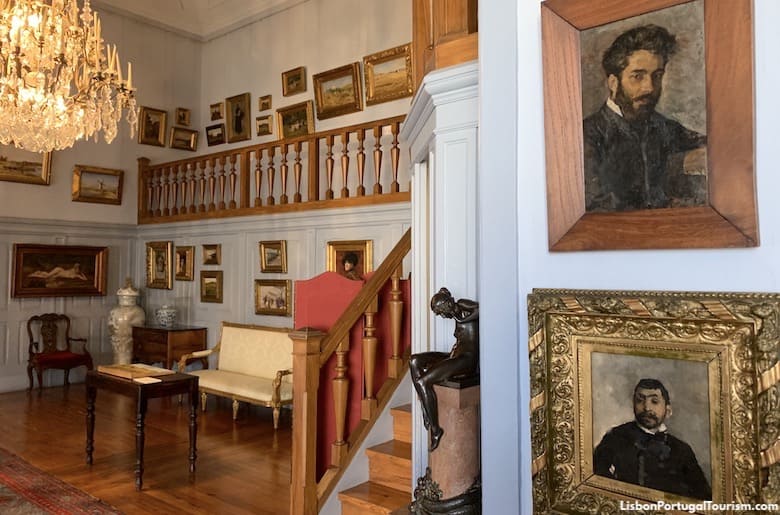
Housed in a prize-winning building from 1904, this museum shows the collection of a renowned ophthalmologist. It has around 3,000 pieces that range from Chinese porcelain to 19th-century European furniture, and paintings by Portuguese artists, carefully displayed in an Art Nouveau interior.
See the Anastácio Gonçalves Museum Visitor's Guide.
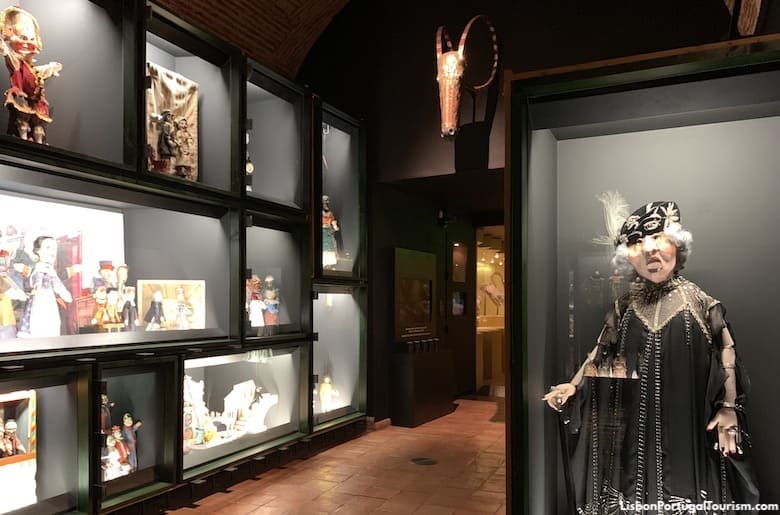
An 18th-century convent was chosen as the site to beautifully display a wonderful collection of puppets. Some are centuries-old, and come from all over the world, from Myanmar to China, to Italy and, of course, Portugal. Sometimes it’s also the stage for puppet shows for children, but this is a museum that children and adults alike will enjoy.
See the Marionette Museum Visitor's Guide.
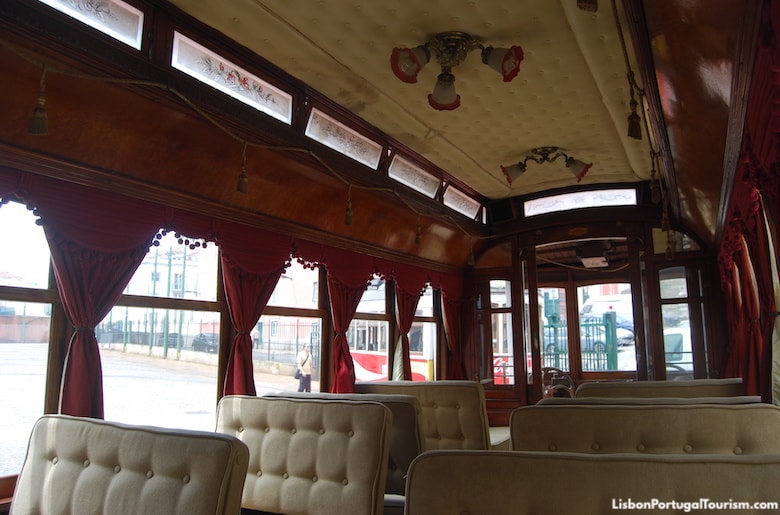
Lisbon’s public transportation company (Carris) manages this museum in a tram terminal. It shows how the city’s trams, buses and metro evolved over the decades, displaying vehicles originally drawn by horses, the first electric trams, and double-decker buses. The highlight is a beautiful old tram (pictured above) that takes visitors between the different buildings of the museum.
See the Carris Museum Visitor's Guide.
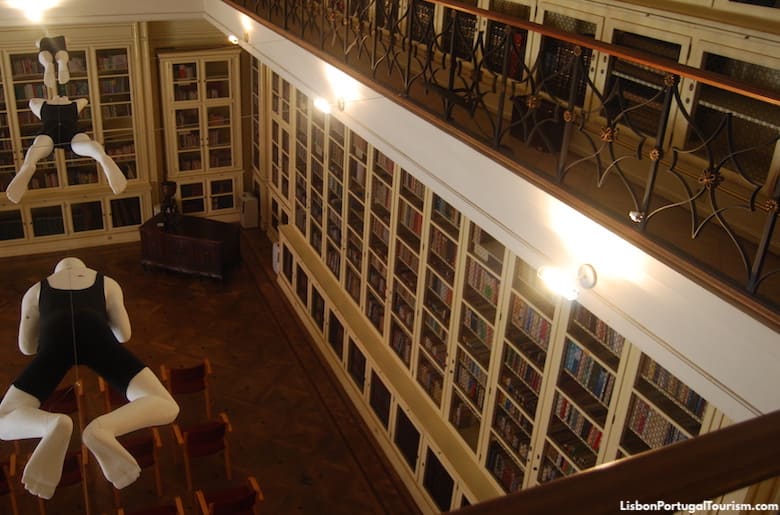
Part of the beautiful Foz Palace in Praça dos Restauradores is a museum dedicated to the history of sports in Portugal. It includes a sports-related library (pictured above), with around 60,000 books in different languages, including the 16th-century "De Arte Gymnastica" by Hieronymi Mercurialis, considered the world’s first sports book. The temporary exhibitions present a variety of pieces, like equipment worn by Olympic runner Rosa Mota, a sneaker worn by triple jump champion Nelson Évora when he won the gold medal at the 2008 Olympics, a Golden Shoe awarded to the great footballer Eusébio, and cleats worn by Cristiano Ronaldo.
See the National Sports Museum Visitor's Guide.
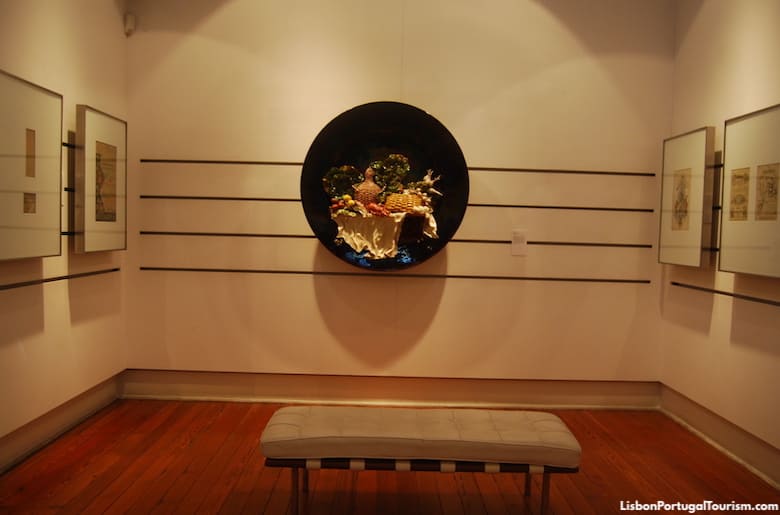
Rafael Bordalo Pinheiro was probably Portugal’s most multifaceted artist. He started as a journalist and caricaturist, but went on to become an important potter and painter. All of his work critiqued and satirized the country’s social and political life in the late 1800s, often using animals and plants to convey a message. You can see much of it in an early-20th-century mansion, which displays some of his most outrageous cartoons and colorful ceramics.
See the Bordalo Pinheiro Museum Visitor's Guide.

Júlio Pomar was one of Portugal’s greatest 20th-century artists, and his studio, in a former warehouse, has been carefully restored by Pritzker Prize architect Álvaro Siza Vieira to display many of his works. It shows dozens of pieces, ranging from paintings to sculptures and drawings, and hosts temporary exhibitions of contemporary artists.
Rua do Vale, 7
It's closed on Mondays
www.ateliermuseujuliopomar.pt
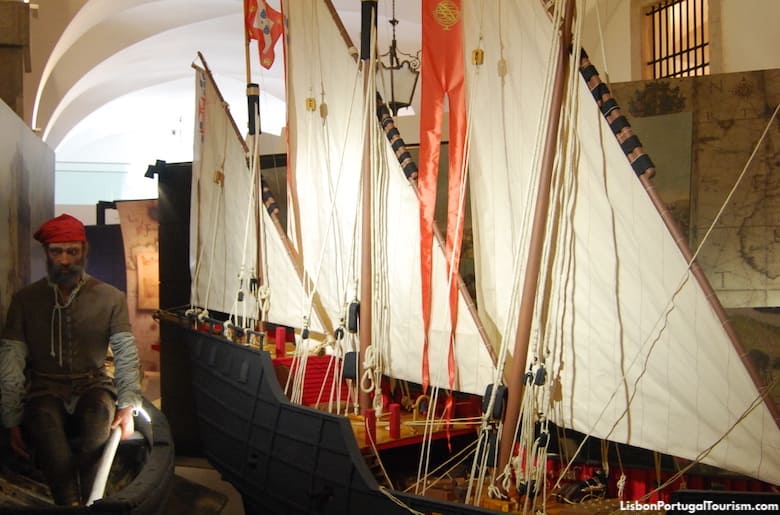
One of the arcaded buildings in Praça do Comércio now tells the story of Lisbon. Organized chronologically, its exhibition focuses on the main events and personalities that shaped the city over time, including the first settlers, the voyages and trade resulting from the Age of Discovery, the Great Earthquake of 1755, and the post-earthquake reconstruction of downtown. Everything is accompanied by a multilingual audioguide.
Praça do Comércio
It opens every day
www.lisboastorycentre.pt
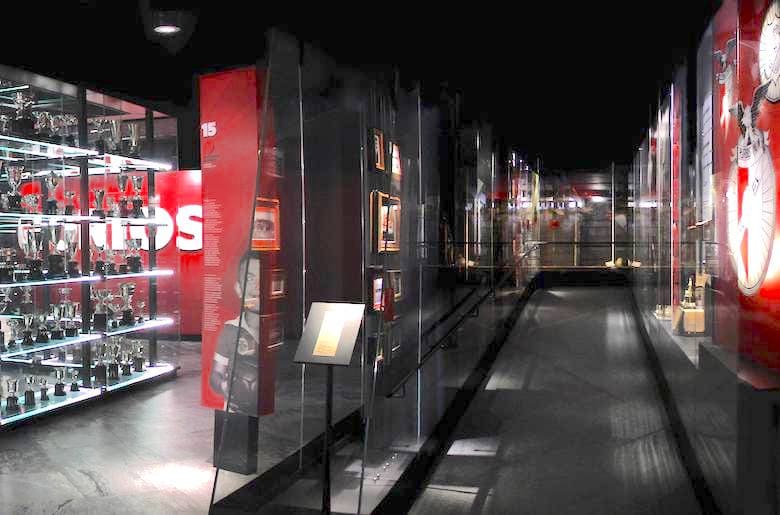
This museum opened in 2013 in Estádio da Luz, the stadium of the Sport Lisboa e Benfica club. It presents the story of one of the clubs with the most fans in Europe, through a collection of objects (mainly trophies) and documents, relating to soccer and other sports, such as hockey and basketball. There’s a section entirely dedicated to Eusébio, the player who gave the club and Portuguese soccer the most notability. Several touch screens provide information about games and players, and there’s also a 17-minute film about the history of the club.
Avenida Eusébio da Silva Ferreira
It's closed on Mondays
www.slbenfica.pt

